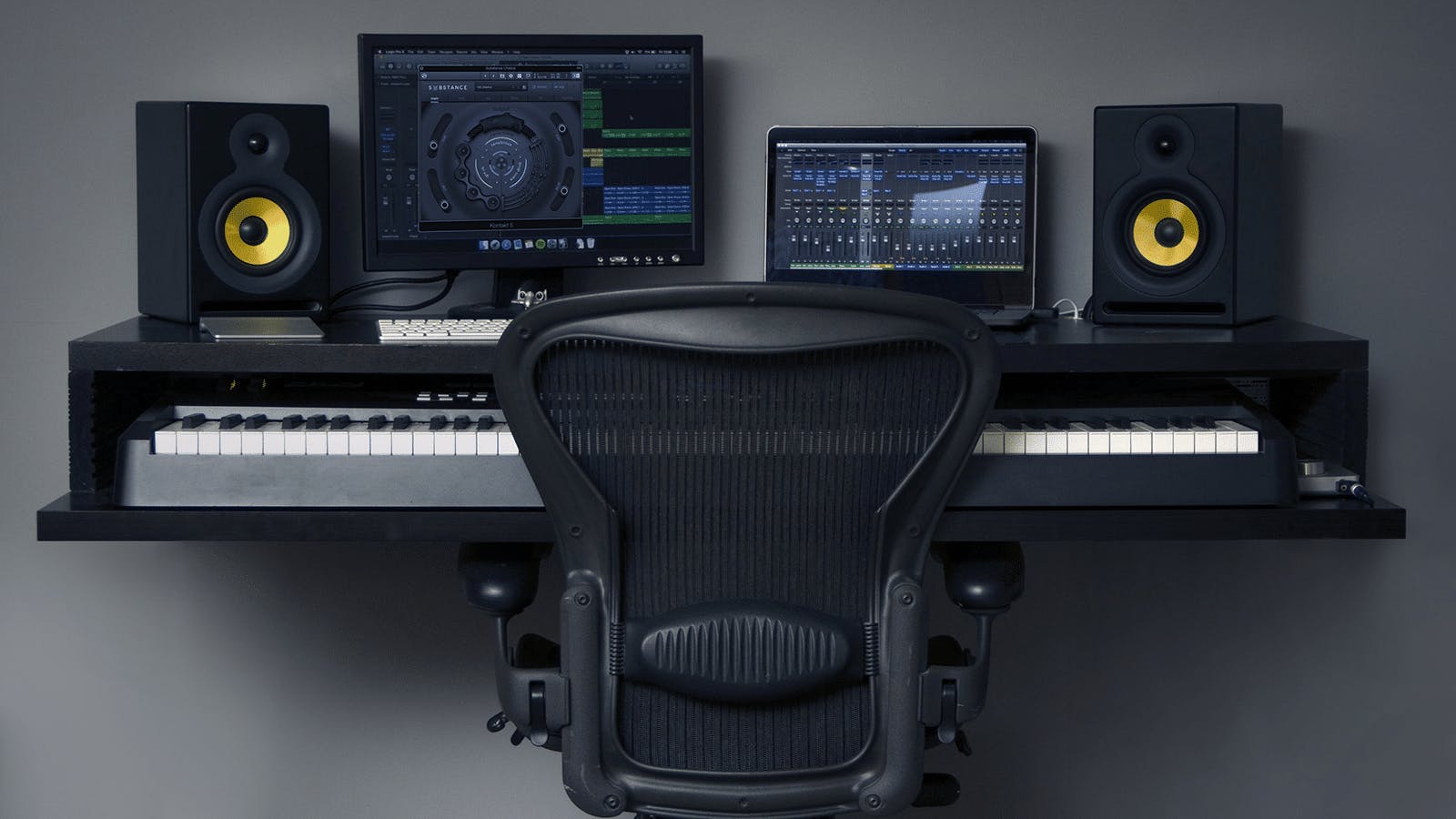Sound Isolation and Studio Aesthetics: Best Chair For Music Production

The choice of chair in a music production space extends beyond mere comfort; it significantly impacts both the acoustic environment and the overall aesthetic of your studio. The materials and design of your chair can subtly, yet measurably, affect sound reflection and absorption, influencing the clarity and quality of your recordings. Furthermore, the visual appeal of your chair contributes to the overall professional and inspiring atmosphere of your workspace.
The chair’s material plays a crucial role in sound behavior within the room. Hard surfaces like metal or plastic tend to reflect sound waves, potentially causing unwanted echoes or resonances, while softer materials like fabric or leather absorb sound to a greater degree, contributing to a more controlled acoustic environment. The chair’s shape and size also factor in; a large, bulky chair might create more sound reflections than a smaller, more streamlined design. Consider the placement of the chair in relation to reflective surfaces within the studio.
Chair Material and Sound Reflection/Absorption
Fabric-covered chairs generally offer superior sound absorption compared to those with hard shells. The density and thickness of the fabric influence its absorptive qualities. Heavier, thicker fabrics absorb more sound energy than lighter, thinner ones. Leather chairs, while aesthetically pleasing, reflect sound more readily than fabric counterparts. A wooden chair, depending on its finish and construction, can exhibit varying degrees of sound reflection. A chair with a padded seat and back will absorb more sound than one with a hard, unpadded surface. For optimal sound isolation during recording, prioritizing chairs with sound-absorbing materials is essential.
Aesthetic Appeal of Different Chair Styles in Music Production Spaces
Minimalist chairs, characterized by clean lines and simple designs, often blend seamlessly into modern studio environments, enhancing a sense of spaciousness and order. Their uncluttered aesthetic contributes to a focused and productive workspace. Modern chairs, frequently incorporating innovative materials and ergonomic designs, offer both comfort and a contemporary visual appeal. They can elevate the professional image of a studio. Traditional chairs, with their classic designs and often luxurious materials, can add a touch of elegance and warmth, creating a more inviting and personalized atmosphere. The choice depends on the overall design theme of the studio and the producer’s personal preference. For example, a minimalist studio might pair well with a sleek, ergonomic chair in a neutral color, while a more eclectic studio might accommodate a vintage-inspired chair that adds character.
Examples of Chair Design Complementing Studio Aesthetics, Best chair for music production
Imagine a home studio with exposed brick walls and industrial-style lighting. A simple, metal-framed chair with a padded fabric seat would create a balanced contrast, adding a touch of comfort without overwhelming the space’s raw aesthetic. Conversely, a brightly lit, modern studio might benefit from a sleek, white leather chair that complements the clean lines and contemporary feel. A rustic studio could be complemented by a comfortable, wooden chair with a natural finish, contributing to a warm and inviting atmosphere.
Factors to Consider When Selecting a Sound-Minimizing Chair
Selecting a chair that minimizes sound disturbances during recording requires careful consideration of several factors.
- Material: Opt for chairs with sound-absorbing materials such as fabric or heavily padded surfaces, minimizing sound reflections.
- Construction: Solid, well-constructed chairs with minimal moving parts reduce the chance of creaking or other unwanted noises during recording sessions.
- Weight: A heavier chair is less likely to shift or squeak during use, ensuring consistent sound quality.
- Ergonomics: A comfortable and supportive chair reduces the need for frequent adjustments, minimizing the potential for sound disruptions.
- Location: Position the chair strategically to minimize sound reflections off nearby surfaces like walls or windows. Consider using acoustic treatment on these surfaces if needed.
